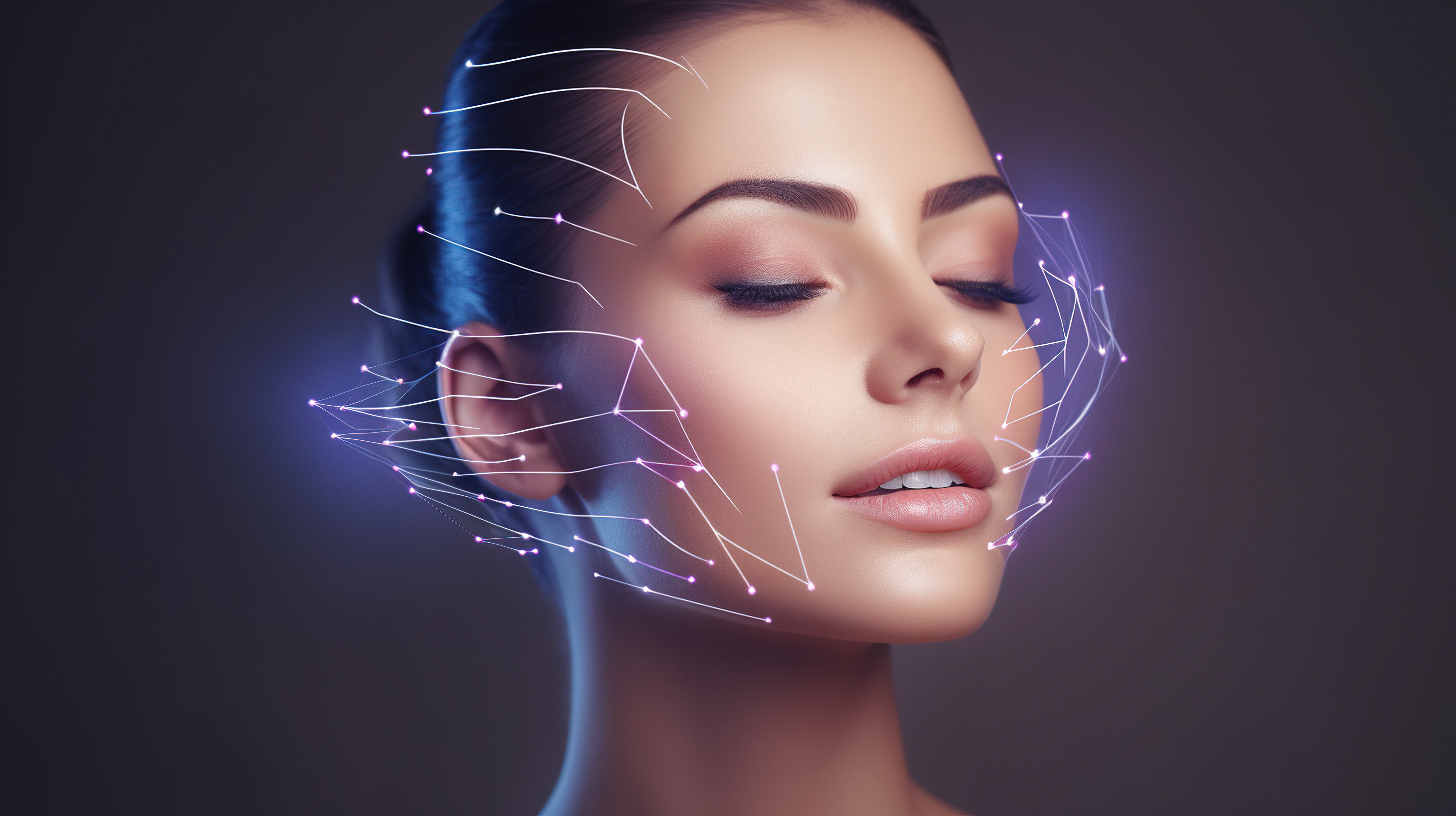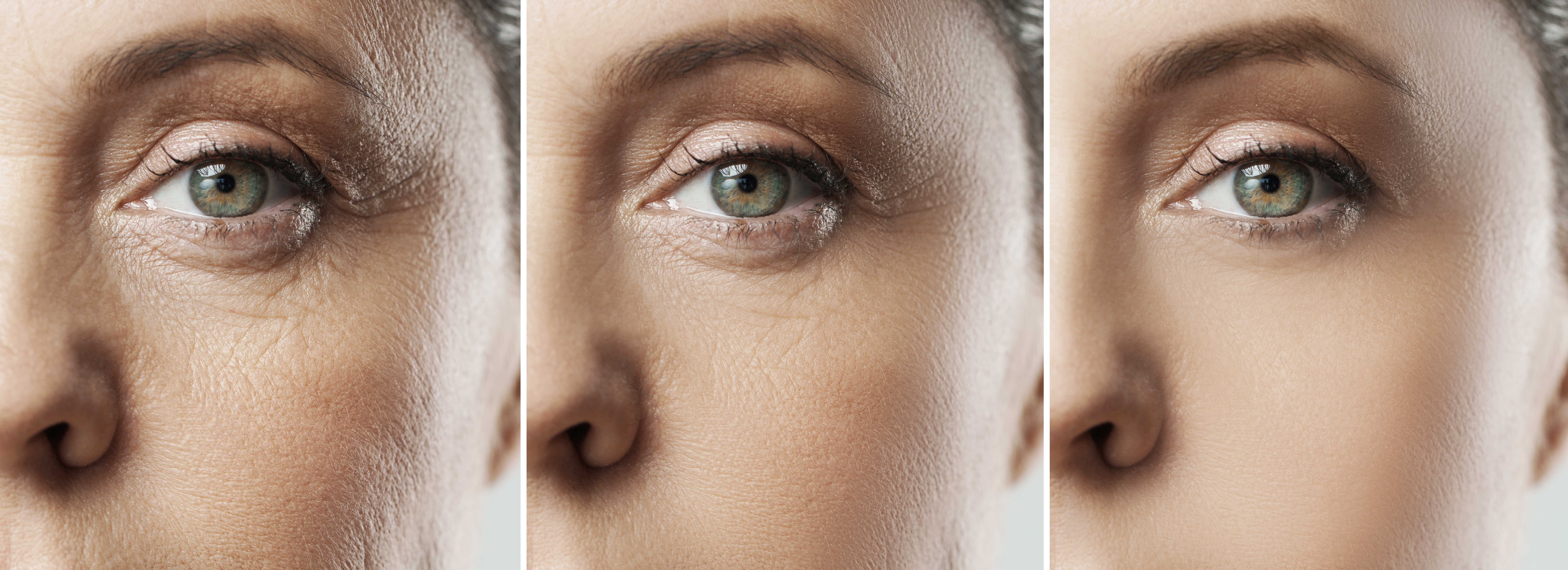Acne is a common skin problem especially as a teenager, but for some it can continue long after adolescences or even appear for the first time later in life.
There has been an incline in adult acne lately. Even though acne is not a life-threatening disease, self-esteem and body image can be emotionally draining and scarring is more likely if it persists over long periods. So, it’s important to treat your acne early, try and understand what’s causing it and how to help prevent it.
What causes acne?
4 major factors that cause acne are oil, bacteria, dead skin and dirt. And its the mixture of these that produce these spot called acne to appear.
As a teenager your body is going through changes, emotionally and physically. Changes in hormones, stress, diet and sometimes unfortunately even hygiene. These all play a part in development of acne.
What are the 4 stages to the development on acne?
Stage 1: Over production of Sebum (oil) from the Sebaceous Glands.
Sebaceous glands are found on the face, neck, back, shoulders and chest. These glands produce sebum, an oil that makes our face soft and lubricated.
However when going through puberty, hormones called androgens increase oil production which spill out of our pore.
Stage 2:
Development of comedones which are whiteheads or blackheads.
Due to the hormones androgens there is now a rapid increase in number of dead skin cells on the your skin. As these proliferate they start to block the pores. The same pore which excess oil is seeping out of.
Stage 3:
You now have a mixture of oil and dead skin along with dirt build up. You have created a wonderful cocktail for our friend the bacteria which happens to live on our skin.
P. Acnes is a bacterium found on all skin. It generally does no harm, however you have created such a nice environment for it, it starts to multiply. You now technically have an infection.
Stage 4:
What does our body do when we have an infection. It will try and fight it.
The body will send in the white blood cell troops and the natural response of the body is to create, swelling, inflammation, soreness, tenderness and redness as a defence mechanism. The white blood cell is what creates pus and thus the development of pustules and papules.
This is where the problems starts occurring. If active acne is not treated quickly is can start to scar, leaving marks on the face and this becomes harder to treat.
This in return creates more emotional stress. Stress is a trigger that set of hormones this sets about a vicious cycle.
Try and prevent acne in the first place by following a simple skin care routine. Teenagers in the first place are probably the last to have a skin care routine. But it’s so important as the trauma that it can create as an adult starts to build.
As a teen you’re tempted to squeeze and pop these spots. But the truth is, this makes it worse. As acne is a bacteria, all you are doing in this situation is spreading the infection. Again a vicious cycle occurs, where one goes another appears and the emotions start to take over.
Can a home care skin routine help?
- Cleanse the face morning and evening to remove excess oil and dirt from the face. Prevent creating the environment for bacteria as much as possible.
- Encourage not wear make up and if so wear mineral make up. Make up contains a lot of chemicals, this can block the pores further and allow bacteria to thrive.
- Do not touch, squeeze or scrub the face. This leads to the spread of bacteria.
- 2 great products to use for acne are salicylic acid and retinol.
Salicylic acid decreases amount breakout activity and inflammation. It has a unique property of penetrating the pores and eliminating the bacteria and helps sooth the skin.
Retinol regulates sebum production and maintains dead skin cell proliferation. The two main components of stage 1 and 2 of acne development.
So retinol for Acne is a must and its also a must for healthy skin to keep acne at bay.
What treatments can help Acne?
A Chemical peel is the best treatment for acne. As its a much stronger version of the daily routine products. Its like a booster which removes all dead skin, penetrates the skin barrier and gets the skin ready for home care use. You get different depths of peels and these depend on how severe the acne is.
Its almost like having an MOT for your skin, get it back to basics and then we hand the skin back to you for you maintain and look after.
Using products after the peel is the difference between having a great result and having a decent result with just the treatment. Maintenance is the key to success.



